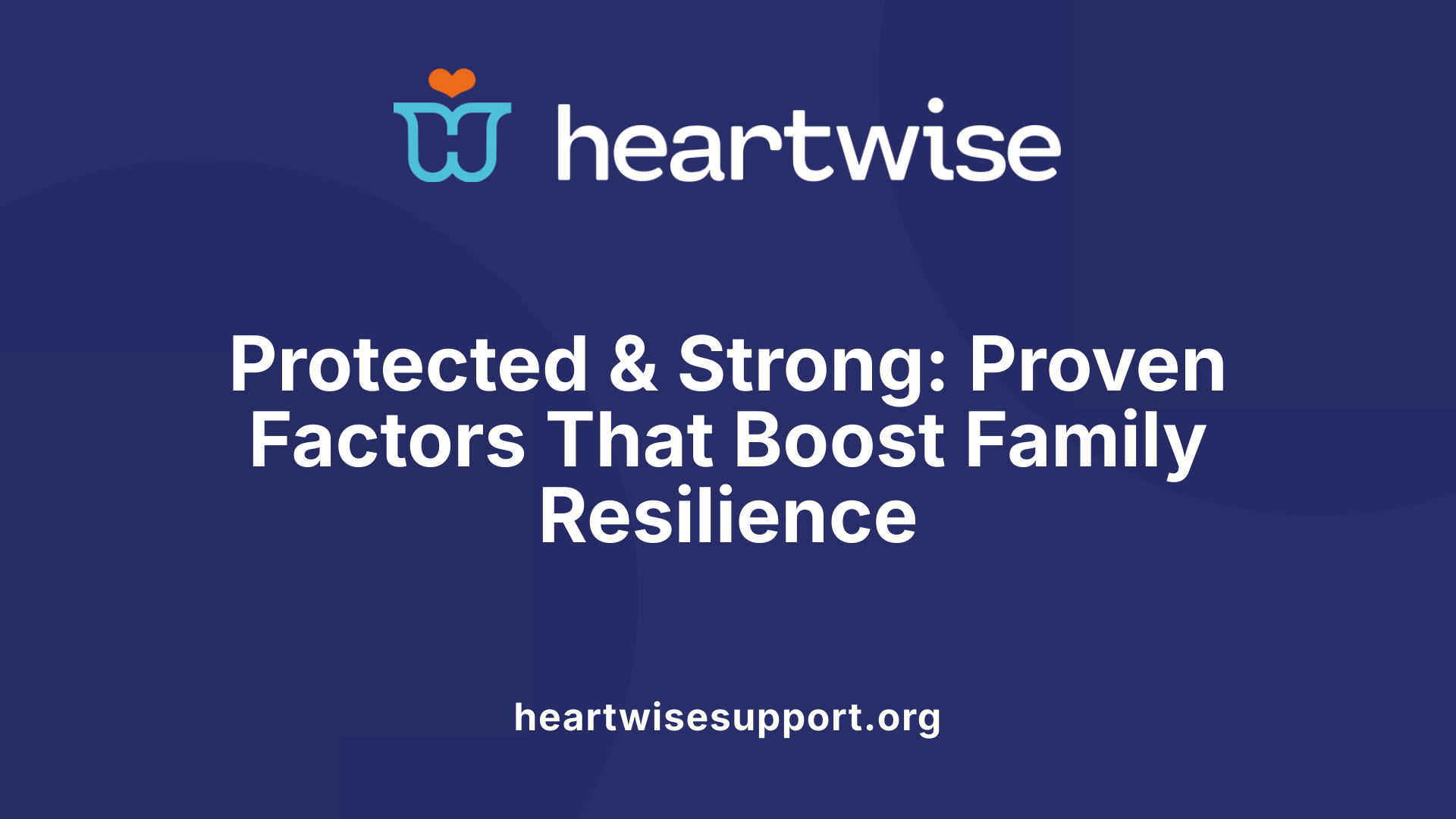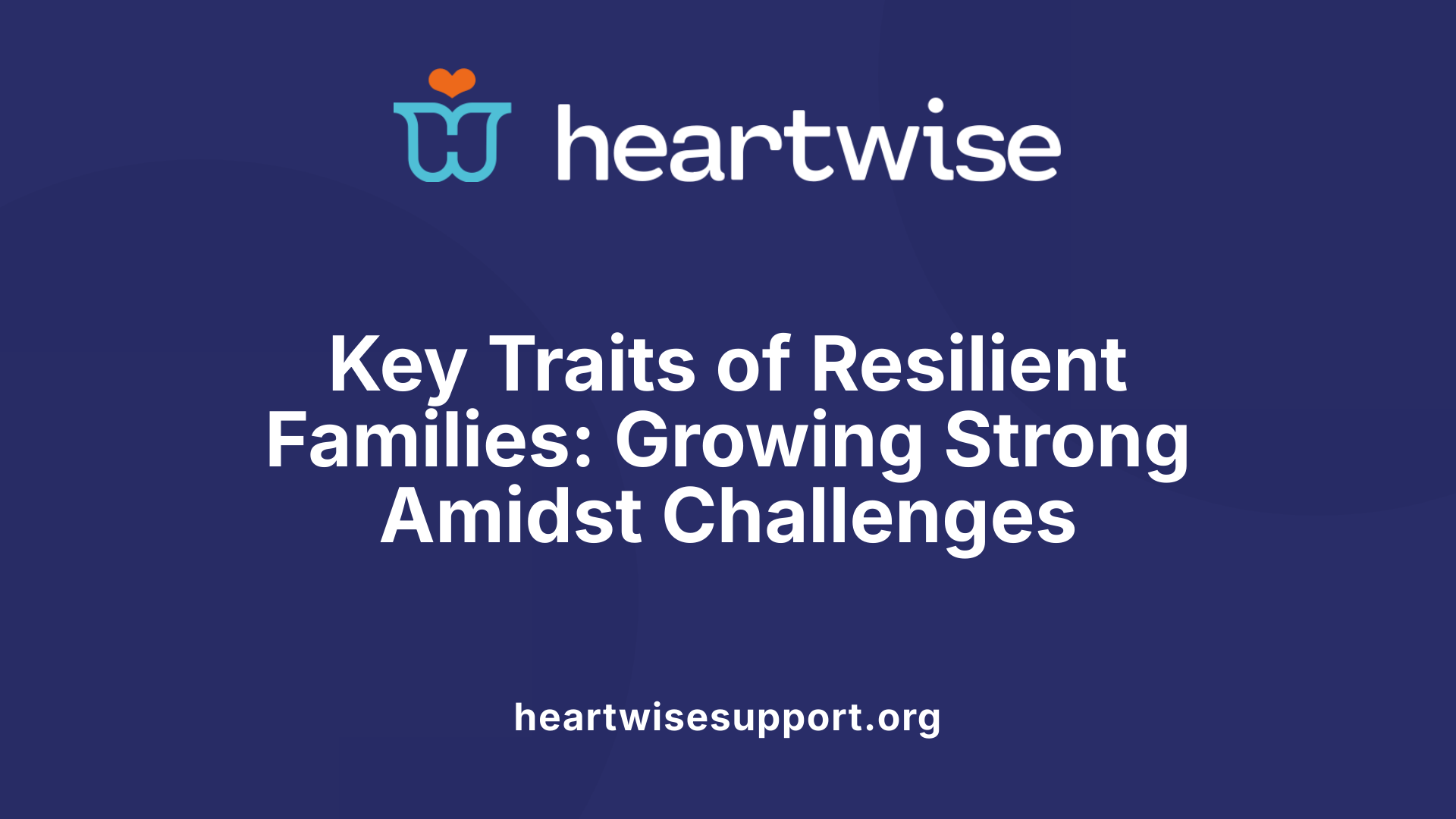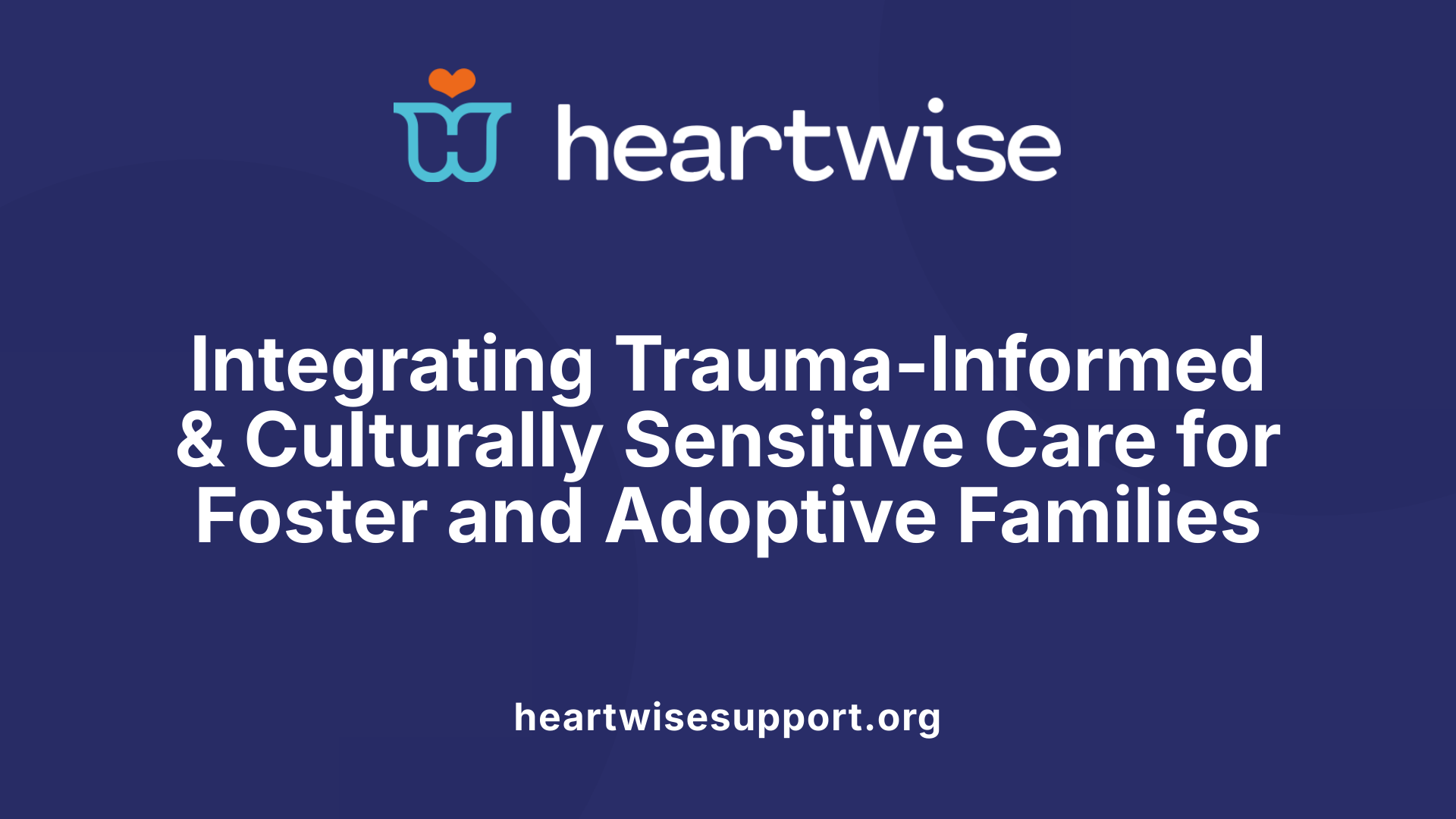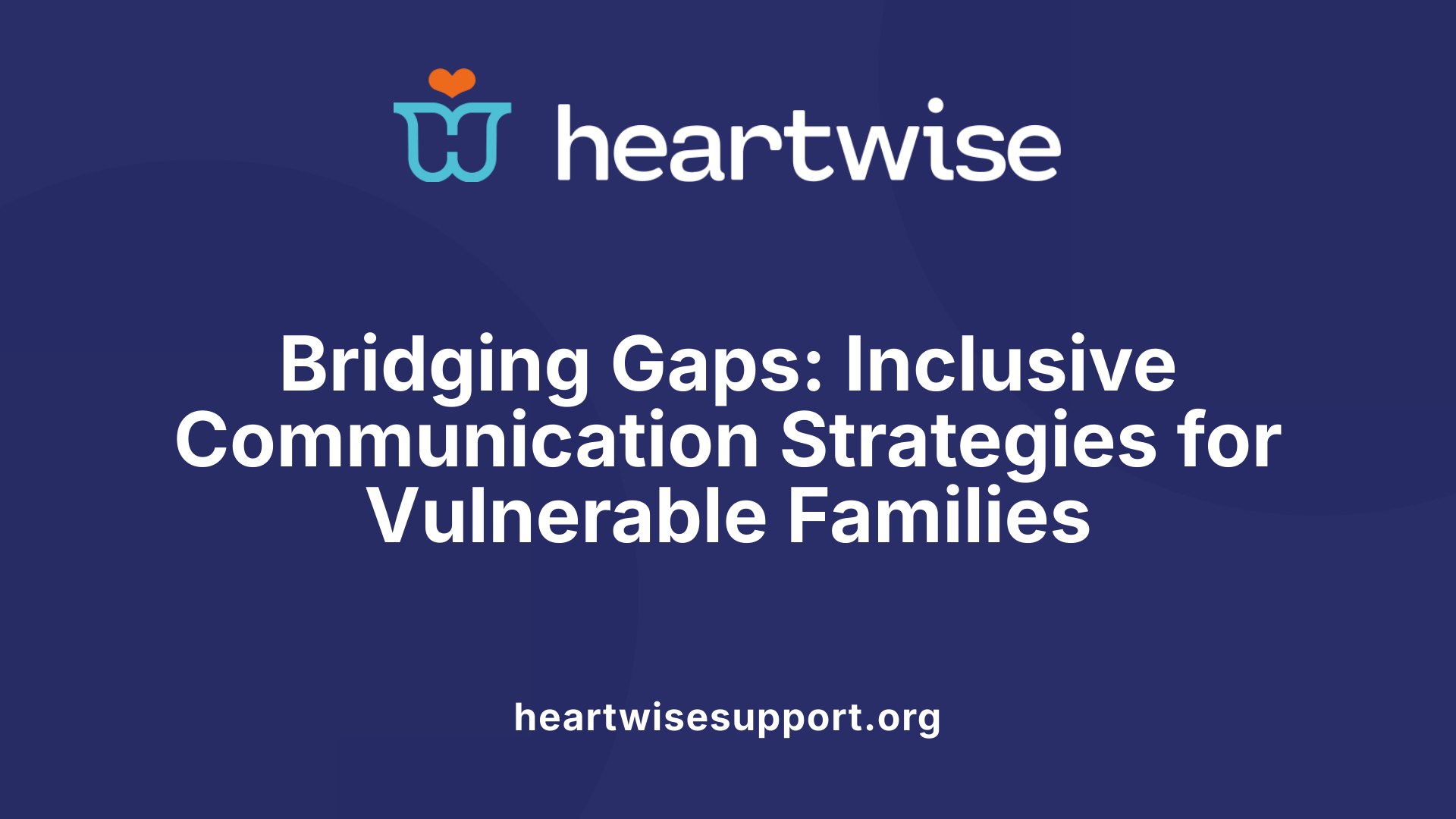Understanding the Power of Community in Family Resilience
Family resilience—the capacity of families to withstand and rebound from adversity—is vital to developing thriving communities. Broadly rooted in social support, community engagement, and access to resources, family resilience is significantly strengthened through community connections. This article explores proven factors that contribute to resilient families, the role of community supports, and effective strategies for fostering social bonds to promote well-being and stability across diverse family structures.
Proven Factors that Strengthen Family Resilience

What are the proven factors that contribute to strengthening family resilience?
Family resilience depends largely on several elements known as protective factors. These include parental resilience, social connections, understanding of child development, access to concrete supports in times of need, and social-emotional skills in children.
The Protective Factors Framework highlights the importance of these components in helping families withstand and recover from adversity. Programs such as Strengthening Families actively work to enhance these attributes by fostering healthy relationships between parents and children, promoting community engagement, and providing essential services.
Community initiatives like home visiting programs, parent education, and support services create a supportive environment that can prevent issues like child abuse and neglect. These initiatives emphasize early intervention and collaboration among service providers and families.
Building strong partnerships, facilitating positive emotional development, and ensuring access to timely resources are crucial strategies.
Ultimately, bolstering these protective factors helps families manage stress, promotes healthy child development, and nurtures a stable, supportive home environment. Strengthening these elements allows families to face challenges more effectively, ensuring resilience and community well-being.
| Protective Factors | Description | Benefits |
|---|---|---|
| Parental Resilience | Ability of parents to cope with stress and recover from setbacks | Reduces child neglect, promotes stable caregiving |
| Social Connections | Relationships with friends, family, neighbors, and community | Offers emotional support and practical assistance |
| Knowledge of Child Development | Understanding normal growth and parenting strategies | Enhances parenting skills, supports children’s emotional health |
| Concrete Supports | Access to financial, legal, and healthcare resources | Meets basic needs, alleviates crisis impact |
| Social & Emotional Competence of Children | Skills in managing emotions and social interactions | Better peer relationships, improved mental health |
Supporting families through these protective factors contributes significantly to community health and child well-being, creating resilient families who thrive despite adversity.
Characteristics of Resilient Families

What are the key characteristics of resilient families?
Resilient families share several important qualities that enable them to navigate and overcome stressful and challenging circumstances effectively. They maintain positive attitudes towards adversity, viewing difficult situations as shared challenges rather than insurmountable obstacles. This optimistic outlook helps foster hope and encourages a collective effort to find solutions.
Maintaining routines and roles is another vital trait. These families adapt their daily activities and responsibilities flexibly to meet changing circumstances, providing stability amid chaos. Consistent routines help children feel secure and help parents manage stress more effectively.
Effective communication within the family and with the broader community about feelings, needs, and information is crucial. Resilient families openly discuss emotions, which promotes understanding and emotional regulation. Age-appropriate conversations enhance trust and cooperation among family members.
Problem-solving skills are key. These families proactively identify challenges and work collaboratively to develop practical solutions. They often pre-plan for potential problems, strengthening their ability to respond calmly and effectively.
Adaptive coping strategies are employed to handle stress. Instead of avoiding issues, resilient families utilize healthy coping mechanisms such as seeking social support, engaging in relaxation techniques, or accessing community resources.
Access to community resources and social connections plays a significant role. Families who know how to leverage local support systems—like social services, health centers, and community organizations—are better equipped to address needs and foster recovery.
Lastly, healthy relationships within the family and with the broader community are fundamental. Supportive and trusting relationships buffer against stress and emotional distress. Strong bonds with extended family, friends, neighbors, and community groups provide vital emotional, material, and informational support.
In sum, resilient families cultivate positive perspectives, flexible routines, open communication, problem-solving abilities, effective coping strategies, resourcefulness, and supportive relationships. These qualities enable them to not only withstand adversity but to grow stronger through life's challenges, ensuring the well-being and stability of all family members.
Community Support Services and Their Impact on Family Resilience
How can community support services strengthen family resilience?
Community support services play a vital role in boosting family resilience by offering a range of resources and programs designed to address core needs and foster strong social networks. Providing economic supports such as housing assistance, food programs, and affordable childcare helps alleviate financial strains that often lead to family stress and potential maltreatment.
Family resource centers and home visiting programs, like SafeCare, deliver personalized support and guidance to families, promoting healthy parenting and child development. These hubs act as accessible points where families can connect with health, social, and educational services, strengthening their capacity to manage challenges.
Community hubs and support networks additionally create spaces for families to build social ties, share experiences, and access peer support. These social connections are crucial for emotional well-being and provide practical assistance during crises.
Preventive measures, such as efforts to avoid family separation, focus on early intervention and community-driven solutions. Cross-agency collaborations combine efforts from health, social services, education, and legal systems to create a comprehensive safety net that supports family stability.
Furthermore, trauma-informed and culturally competent practices ensure that support respects family backgrounds and needs, promoting trust and better engagement.
Addressing broader systemic issues like neighborhood disparities and systemic racism is essential for reducing inequities in family well-being. Overall, integrating economic supports with trauma-sensitive approaches and coordinated services helps families remain intact, resilient, and capable of healthy growth in the face of adversity.
Utilizing community networks to enhance family well-being
Creating robust community support systems involves strong partnerships among local organizations, government agencies, and families. Such collaborations can help reduce barriers to access, normalize seeking help, and ensure tailored, culturally competent support.
Building trust in these services encourages families to engage proactively, strengthening resilience through shared responsibility and collective care. The combined approach of material aid, emotional support, and community involvement fosters environments where families can thrive despite ongoing challenges.
Investments in community programs, such as family centers, mental health initiatives, and neighborhood safety projects, demonstrate a societal commitment to nurturing resilient families and fostering healthier communities.
Community Support in Fostering Resilience and Well-Being

How can communities support families in strengthening resilience?
Communities play a vital role in helping families develop the strength to navigate challenges and bounce back from adversity. One of the primary ways they do this is by fostering strong social support networks. Local organizations, neighborhood groups, religious communities, and civic organizations can provide emotional comfort, practical assistance, and shared resources that bolster family stability.
Creating spaces where families can connect is essential. Community events, festivals, neighborhood gatherings, and support groups offer opportunities for families to build relationships and feel a sense of belonging. These connections not only provide social safety nets but also facilitate sharing helpful advice, cultural traditions, and emotional support.
Access to community resources like libraries, health centers, and youth programs further supports family resilience. Libraries offer educational activities that stimulate children's development and serve as safe meeting places for families. Local health centers and mental health services ensure families receive the support they need for physical and emotional well-being.
Promoting positive experiences for children within the community, such as participation in sports, arts, and educational activities, contributes to their emotional growth, safety, and stability. Regular family activities, from neighborhood barbecues to community gardening projects, help build routines and strengthen internal family bonds.
Creating a secure environment also involves ensuring physical spaces are safe and accessible. Parks, recreation centers, and community gardens give families places to relax, connect, and develop a sense of ownership.
Collaborating with local institutions to provide parenting programs, mental health support, and educational opportunities equips families with tools to manage stress and develop resilience. Importantly, community-led initiatives that normalize seeking help and highlight stories of overcoming adversity foster trust and inspire collective growth.
Overall, a community that actively nurtures its families, provides accessible resources, and encourages meaningful connections creates a resilient fabric that benefits everyone, helping families thrive even during difficult times.
Strategies to Foster Social Support and Resilience

What strategies can families and communities use to foster social support and resilience?
Building resilience within families and communities involves intentional actions that strengthen connections and provide stability during challenging times. One effective approach is creating inclusive and open lines of communication. Families and community members should foster environments where emotional sharing is welcomed, and everyone feels heard and valued.
Community initiatives such as volunteering, cultural events, and neighborhood projects not only enhance social bonds but also promote a sense of purpose and belonging among children. These activities can range from organizing local sports leagues and arts classes to participating in community gardens and clean-up events.
Establishing predictable routines and safe spaces at home and in community settings helps children feel secure and reduces anxiety. Limiting exposure to distressing news or online content during crises also supports emotional stability.
Teaching resilience skills is vital. These include helping others, which instills empathy and responsibility; maintaining a positive outlook, which encourages optimism; and accepting change, which fosters adaptability.
Parents and educators should provide honest, age-appropriate communication about challenges, offering reassurance and coping strategies. Supporting families in managing their mental health—recognizing when professional help is needed—is crucial for sustaining a resilient community.
By developing these strategies, families and communities can build a sturdy support system that helps children and adults navigate adversity, recover rapidly, and flourish despite difficulties.
The Role of Trauma-Informed and Culturally Competent Care

How are trauma-informed approaches integrated into foster and adoptive care?
Trauma-informed approaches in foster and adoptive care focus on understanding, recognizing, and responding to the effects of trauma. These practices include specialized training for caregivers, ongoing support, and the implementation of culturally sensitive interventions. The goal is to create a safe and supportive environment that promotes healing and stability for children and families.
What training and support are available for caregivers?
Caregivers receive education on trauma's impact and effective strategies for attachment, emotional regulation, and resilience building. Programs often include peer support groups, ongoing workshops, and access to mental health professionals. These resources empower caregivers to address challenges and support children's recovery comprehensively.
How do culturally competent practices contribute to trauma care?
Culturally competent practices ensure that trauma care respects and incorporates families' diverse cultural backgrounds, beliefs, and traditions. This inclusiveness promotes trust, enhances engagement, and ensures that interventions are relevant and effective. Culturally tailored care supports better outcomes and strengthens family continuity.
What resources and tools support trauma recovery?
Resources such as community-based programs, therapeutic services, and trauma-specific curricula are vital. Tools like resilience modules, family therapy, and community engagement initiatives help children and families process trauma, foster emotional healing, and rebuild resilience.
How does supporting family continuity and healing benefit trauma-affected families?
Maintaining family connections and promoting healing ensures stability, fosters emotional safety, and nurtures trust. Initiatives like family-centered home visiting programs, family wellness centers, and legal support facilitate continuity and provide families with the necessary stability, strengthening their capacity to recover from trauma.
Overall, integrating trauma-informed, holistic, and culturally sensitive approaches not only addresses immediate needs but also promotes long-term resilience and well-being. Efforts at policy levels and through community programs focus on increasing healthcare access, cultural competency, and support systems—vital components for nurturing family healing and continuity.
Enhancing Communication and Accessibility to Support Vulnerable Families

What role does inclusive and accessible communication play in supporting vulnerable families?
Effective communication within communities is vital for connecting families to the resources, services, and support systems that promote children's health and development. When families face barriers such as digital divides, language differences, limited technological skills, or unstable housing, it becomes more challenging to access crucial information.
Inclusive communication strategies prioritize clarity and accessibility by using simple language, multiple formats like print, audio, and visual aids, and adhering to digital accessibility standards such as WCAG. These standards ensure that online content is usable by people with disabilities and diverse needs.
Multilingual support is essential, particularly in multicultural and low-income communities. Offering materials and services in multiple languages and providing interpreters can significantly reduce misunderstandings and foster trust.
Technology compatibility also plays a role, making sure digital platforms are user-friendly across devices—smartphones, tablets, and computers—and are designed with privacy in mind.
Platforms like ReachWell® exemplify these practices. They feature multilingual interfaces supporting over 130 languages, are optimized for various devices, and incorporate privacy protections, making them especially effective in reaching underserved populations.
Overcoming barriers such as language differences, homelessness, and the digital divide is critical. Tailored outreach methods, community engagement, and leveraging trusted local organizations help bridge these gaps.
Ultimately, accessible and inclusive communication enhances community cohesion, ensures vulnerable families receive timely assistance, and fosters resilience by building trust and empowering families with the information they need.
Building a Resilient Future Together
Community connections are fundamental to fostering family resilience, as they provide emotional support, practical resources, and a sense of belonging. By strengthening social networks, promoting inclusive communication, and implementing trauma-informed practices, communities can create environments where families thrive even amid adversity. Investing in community-based programs, policy initiatives, and accessible services ensures that all families—regardless of background or circumstance—have the tools and support they need to flourish. Together, through collective effort and shared responsibility, vibrant, resilient communities can nurture strong families and bright futures for children.
References
- Family and community resilience: a Photovoice study - PMC
- The Protective Factor Social Connections Provides Benefits to Both ...
- Supporting Resilience and Recovery in the Community | NMVC
- How to Build Your Family's Resilience - Raising Relatives
- Support healthy, resilient, and thriving families
- Community Connections and Circles of Support
- Community connections for children: family, friends, neighbours and ...
- Resilience guide for parents and teachers
- 4 Best Practices for Connecting Families to Community Resources
- Building Stronger Communities | Center for Family Services











